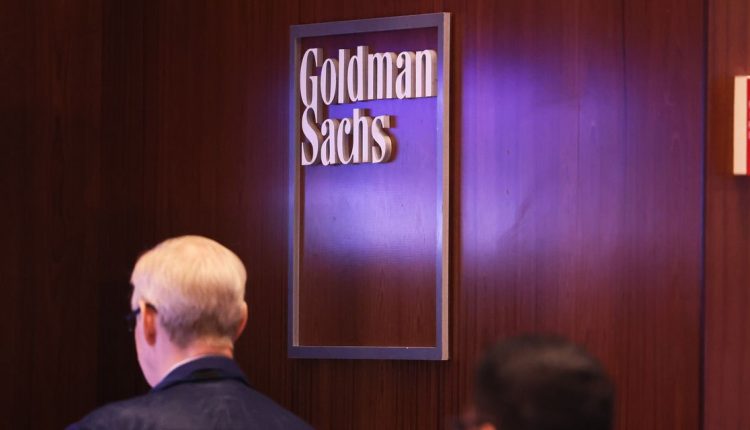Hedge funds have been ramping up bets against U.S. stocks amid the worst streak of losses for the S&P 500 since the collapse of Silicon Valley Bank, according to data from Goldman Sachs Group’s prime brokerage unit.
Goldman’s hedge fund clients increased short positions in single stocks, exchange-traded funds and equity index products through Friday for the third straight week, according to research shared by the bank with its clients.
Hedge funds have now increased their short positions during five of the last six weeks, with the bulk of the action occurring in single-name stocks. Shorting a stock involves borrowing the shares from a broker, like Goldman, and selling them, hoping to eventually buy them back and close the position at a lower price.
As a result of the proliferation of short bets, the ratio of short positions to long positions among Goldman’s prime-brokerage clients is nearing lows from last fall, when the S&P 500 logged its 52-week closing low of 3,577.03 on Oct. 12.
If the ratio goes much lower, it will reach its lowest level in five years. Some see hedge-fund positioning as a counter-indicator, meaning stretched short positioning could coincide with a turnaround.
As short bets increase, funds are paring back their leverage, meaning they’re using less borrowed money to try and boost their returns, another sign that funds are growing increasingly concerned about a potential outburst of volatility.
One Goldman analyst blamed hedge funds’ increasing bearishness on the rise in long-term Treasury yields relative to short-dated yields.
The yield on the 10-year Treasury note
BX:TMUBMUSD10Y
was up more than 9 basis points in early trade Monday to top 4.52%, while the 2-year yield
BX:TMUBMUSD02Y
gained 3 basis points to 5.127% after the spread between the two widened by about 2.4 basis points last week, according to Dow Jones Market Data.
Bond yields move inversely to prices, which is why, on Wall Street, this phenomenon is known as “bear steepening,” since the yield curve (the difference between yields on short-dated and long-dated bonds) is widening as bonds tumble.
Thanks to the Federal Reserve’s most aggressive campaign of interest-rate hikes since the 1980s, the Treasury yield curve has been inverted for more than a year. But some bond-market analysts fear the curve could soon “un-invert” as traders dump long-dated bonds, potentially creating even more problems for stocks.
“Seems the [long-short] community is taking major issue with the bear steepening of the curve,” said a Goldman sales trader in a note seen by MarketWatch.
Treasury yields have been rising since the Federal Reserve revealed on Wednesday that it’s planning on keeping interest rates elevated north of 5% through 2024 after delivering one more interest-rate hike later this year
The central bank has been hiking rates since March 2022, when it first moved its policy rate target off of zero. Since then, it has raised borrowing costs 11 times. Its policy rate target now stands at a range of 5.25% to 5.5%.
The S&P 500
SPX
dropped 2.9% last week, its biggest drop since the week ended March 10, when the collapse of Silicon Valley Bank lashed stocks. U.S. stocks were off to a lower start in early activity Monday.
Read the full article here

